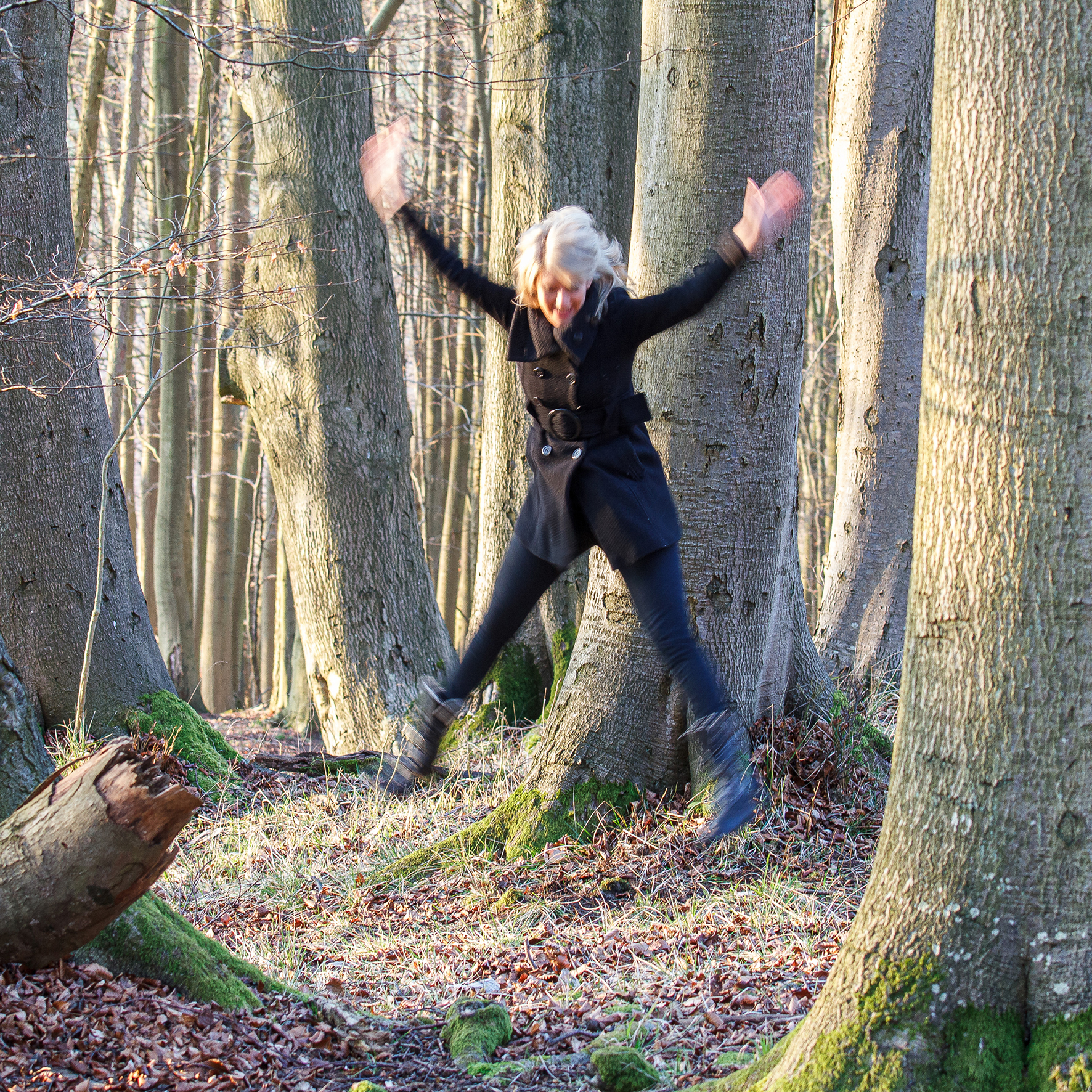What is image stabilization and when can it (and can’t it) help you
Wondering what is image stabilization? Here's when it can help prevent camera shake – and when it can't!

Image stabilization (IS) is a lens correction system created by Canon to enable you to capture shake-free photos when using longer lenses, by steadying the elements to compensate for lens movement.
You are probably used to the hand-holding rule, which says that you should shoot with a shutter speed that is the reciprocal of the focal length (or faster) to avoid shake. So, for a 500mm lens, the rule means a 1/500 sec or faster shutter speed. IS was developed to enable slower shutter speeds to be used while still avoiding camera shake.
Canon launched the world’s first lens with optical image stabilization in 1995: the Canon EF 75-300mm f/4-5.6 IS USM, which featured two stops of stabilization. For a film camera, this was beneficial due to the limited range of ISO available for film. Since then, IS has been developed and added to many lenses – along with cameras, where in-body image stabilization (IBIS) moves the image sensor to keep the subject in place even if the body moves.
Optical image stabilization in the lens is typically better suited to the angular movement that occurs with longer lenses, while IBIS is better for the shift movement that occurs with shorter focal lengths and close-up photography. Some lenses, such as the Canon EF 100mm f/2.8L IS USM and Canon EF 24-70mm f/4L IS USM, include a special hybrid optical IS that works for shift and angular motion.

Brian is a freelance photographer and photo tutor, based in Oxfordshire. He has unrivaled EOS DSLR knowledge, after working for Canon for over 15 years, and is on hand to answer all the EOS and photographic queries in Canon-centric magazine PhotoPlus.
Visit Brian's website
IS can only reduce the effect of camera or lens movement, though; it has zero effect on the movement of the subject itself. The only way to freeze a subject is with a fast shutter speed. Canon's R-system cameras with IBIS, such as the Canon EOS R5 and Canon EOS R6, combine lens and body IS for up to 8-stops slower shutter speeds while hand-holding.
Sports and wildlife photographers often pan the camera to follow the subject, and this intentional movement could be registered as requiring stabilization. Therefore, many lenses have a mode switch that should be set to Mode 2 when panning to avoid the IS attempting to counteract the intended movement.
Some lenses also have Mode 3 IS, which only stabilizes when the image is captured, so the viewfinder accurately shows the scene even when changing from one subject to another in a different location.
Get the Digital Camera World Newsletter
The best camera deals, reviews, product advice, and unmissable photography news, direct to your inbox!
When a tripod is used to hold a camera still for long exposures, it is advised to switch IS off, so the system doesn’t add blur by trying to react to no camera movement. Some lenses have a tripod detection capability, but it is usually best to turn the IS off yourself.

PhotoPlus: The Canon Magazine is the world's only monthly newsstand title that's 100% devoted to Canon, so you can be sure the magazine is completely relevant to your system. Every issue comes with downloadable video tutorials too.
Read more:
The best Canon camera
The best Canon lenses
Hands-on-Canon EOS R10 review
PhotoPlus: The Canon Magazine is the world’s only 100% Canon-focused title on the newsstand. Launched in 2007, for 14 years it has delivered news, reviews, buying guides, features, inspirational projects and tutorials on cameras, lenses, tripods, gimbals, filters, lighting and all manner of photography equipment.
Aimed squarely at enthusiast photographers who use the Canon DSLR or mirrorless camera systems, all content is tailored to Canon users – so everything from techniques to product tests are tailored to those using the EOS camera system.
Editor Peter Travers brings 14 years of experience as both a journalist and professional photographer, with Technique Editor Dan Mold shoring up the magazine with his 6 years of expertise.


